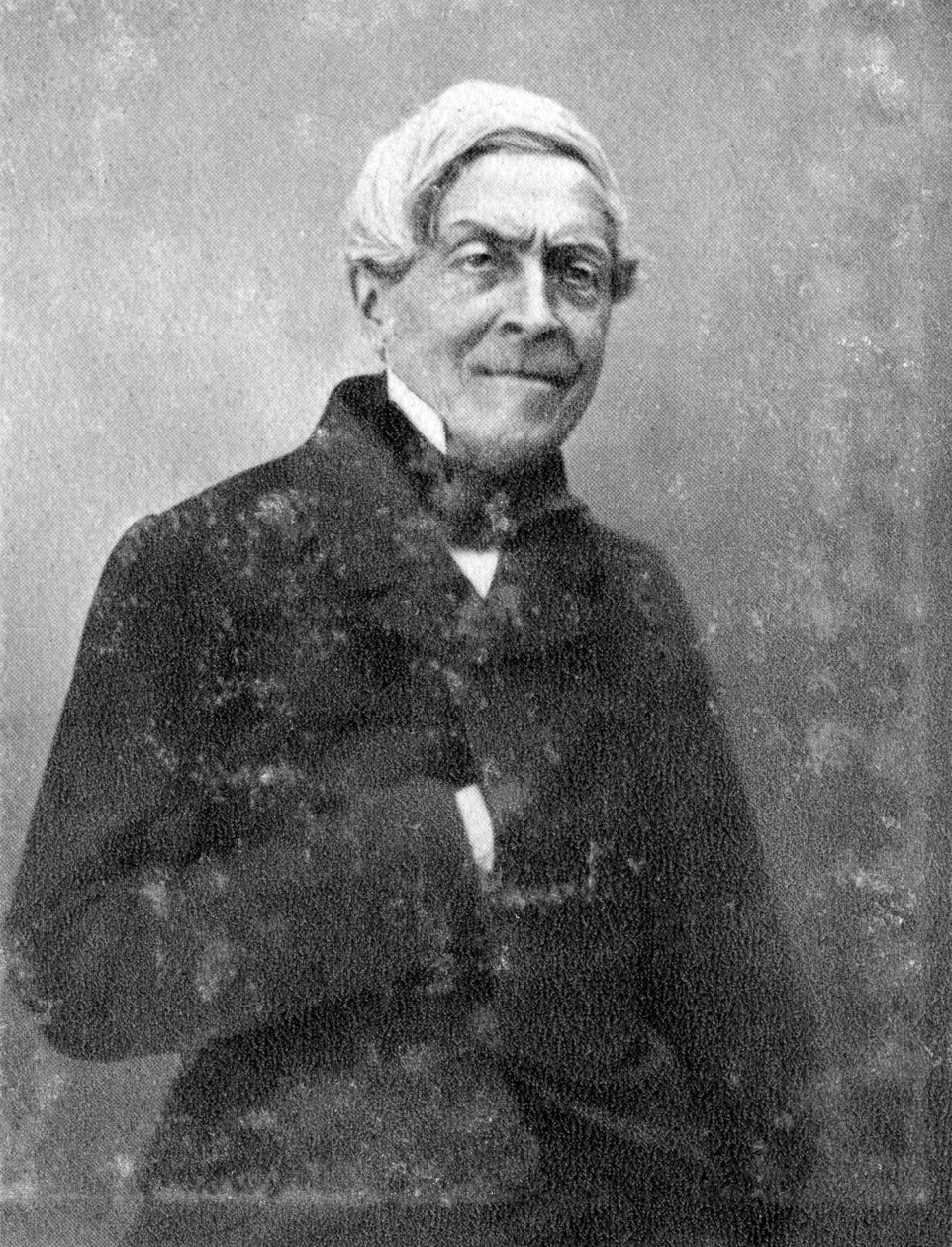
Jules Michelet, who came into the world on August 21, 1798, in the vibrant city of Paris, was far more than merely a historian; he was a fervent storyteller who had an extraordinary ability to infuse life into historical events and figures. His most significant contribution to the field of history is undoubtedly his monumental work, “Histoire de France,” which stands as a remarkable testament to his distinctive approach. Michelet skillfully intertwined personal narrative with meticulous scholarship, creating a rich tapestry that not only informs but also captivates readers. His writings invite us to explore the depths of France’s past, revealing the emotions, struggles, and triumphs that shaped the nation. As we delve into the captivating world of Jules Michelet, we uncover a figure whose passion for history transcended mere facts, transforming them into compelling stories that resonate with the human experience.
Early Life and Education
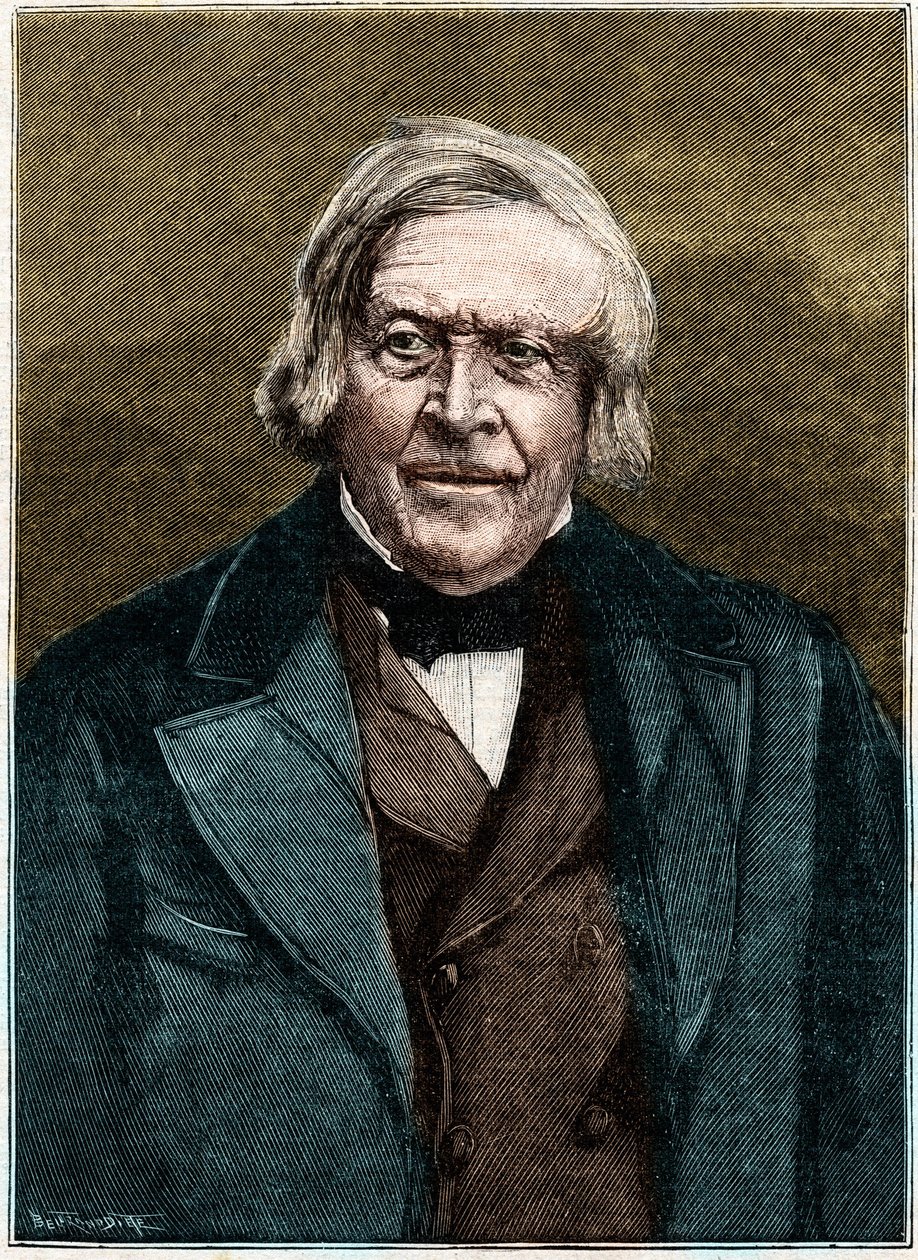
Humble Beginnings
Michelet was born into a family of modest means, as his father worked as a printer, which often made the pursuit of education seem like a distant dream. Despite the financial constraints, his father was determined to provide Michelet with a solid educational foundation, instilling in him a love for learning and a thirst for knowledge. It is truly remarkable to consider the sheer determination and resilience it must have taken for a young boy from such humble beginnings to aspire to and ultimately achieve great heights in the realm of academia. His early life experiences undoubtedly shaped his character and fueled his ambition, allowing him to overcome the obstacles that stood in his way.
Academic Achievements
By the time he reached the age of 29, Michelet had already made a significant mark in the academic world, securing a position as a teacher of history and philosophy at the esteemed École Normale Supérieure. His intellectual brilliance became evident early in his career, as he not only taught but also contributed to the field through his writings. In 1827, he published textbooks that showcased his deep understanding of historical concepts and theories. Additionally, he undertook the ambitious task of translating Giambattista Vico’s influential work, Scienza nuova, which further solidified his reputation as a scholar. This remarkable achievement was merely the beginning of Michelet’s illustrious journey into the intricate world of history, where he would continue to leave an indelible mark for years to come.
The Influence of the July Revolution
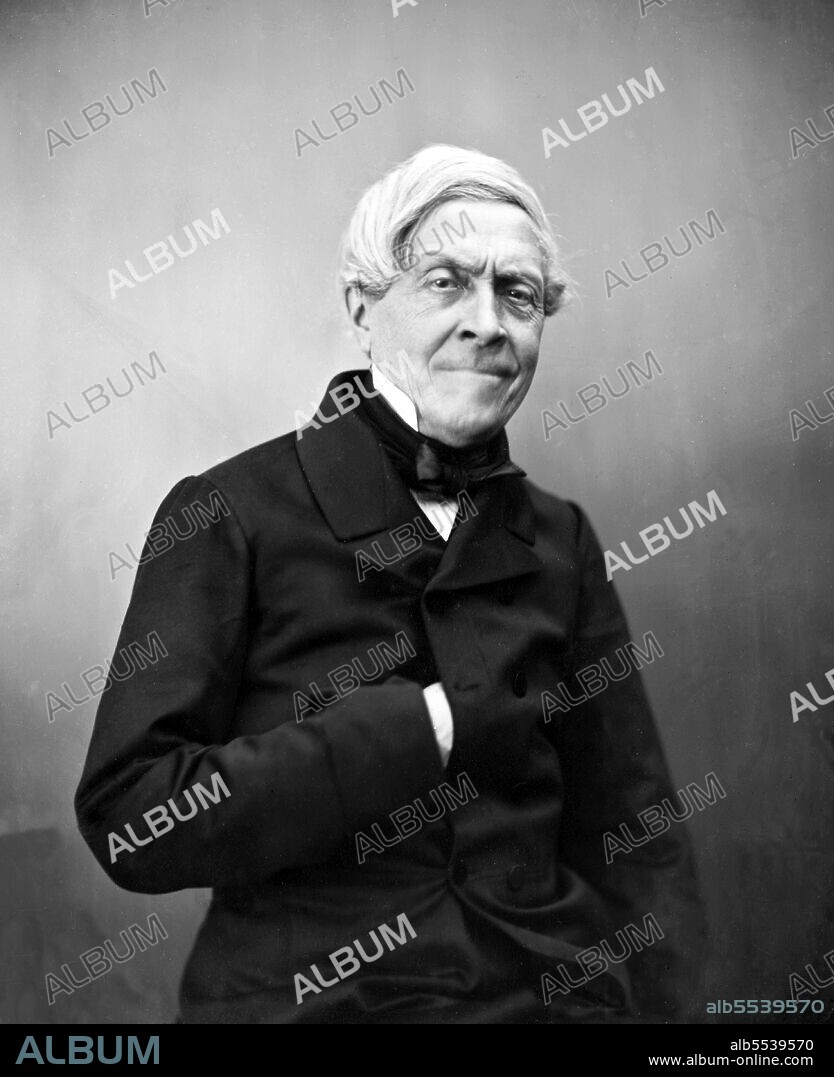
A Turning Point
The July Revolution of 1830 marked a significant turning point in the life and thought of historian Jules Michelet. This pivotal event not only shaped the political landscape of France but also profoundly influenced Michelet’s understanding of history itself. He came to view history as an ongoing struggle for freedom and justice, a perspective that would resonate throughout his literary and historical works. For Michelet, the revolution underscored the idea that humanity plays an active role in shaping its destiny, rather than being mere victims of fate. This belief in the power of collective human action became a recurring theme in his writings, reflecting his deep commitment to the ideals of liberty and progress.
Introduction à l’histoire universelle
In his seminal work, Introduction à l’histoire universelle, published in 1831, Michelet elaborated on his vision of history as a dynamic and transformative process. He framed history as a battle against fatalism, arguing that individuals and societies possess the agency to influence their own futures. This concept of human agency became a cornerstone of his historical philosophy, emphasizing that history is not a predetermined path but rather a series of choices and actions taken by people. Michelet’s passionate advocacy for the role of humanity in history would continue to shape his subsequent writings, as he sought to inspire readers to recognize their own potential to effect change in the world around them.
Monumental Works: Histoire de France

Beginning the Journey
Following the successful publication of his work, Histoire romaine, in 1831, the renowned historian Jules Michelet turned his focus towards what would become his most significant and ambitious project: Histoire de France. This monumental undertaking was greatly facilitated by his appointment as the head of the historical section at the Record Office, a position that granted him access to a wealth of unique resources and archival materials. With these invaluable tools at his disposal, Michelet was able to intricately weave together a comprehensive and vivid narrative of France’s rich and complex past, capturing the essence of its historical journey.
Volumes One to Six
The first six volumes of Histoire de France, which were published over a decade from 1833 to 1843, delve deeply into the Middle Ages, a pivotal period in the formation of the French nation. Among these volumes is the renowned Tableau de la France, where Michelet skillfully illustrates the emergence of France as a unified nation-state. He passionately celebrates the triumph of the French people over the constraints of racial and geographic determinism, emphasizing their resilience and unity in the face of adversity.
Joan of Arc: The Soul of France
One of the most compelling elements of Michelet’s narrative is his portrayal of the iconic figure, Joan of Arc. He presents her not merely as a historical character but as the very embodiment of the French spirit, encapsulating his own ideals of patriotism and democracy. It is truly remarkable how a single individual can come to symbolize the collective identity and aspirations of an entire nation, serving as a beacon of hope and inspiration for generations to come. Michelet’s reverence for Joan of Arc highlights the profound connection between individual heroism and national identity, making her a central figure in the tapestry of French history.
The Resurrection of the Past

Immersive Narrative Style
Michelet believed that to truly understand history, one must immerse oneself in it. He aimed for a resurrection of the past, intertwining artistic, religious, economic, and political elements into a living synthesis. This approach, while ambitious, resulted in a narrative style that was both poetic and dramatic.
Personal Crises and Their Impact
As Michelet faced personal tragedies, such as the death of his first wife in 1839, these experiences seeped into his work. His emotional turmoil added depth to his narratives, making them resonate even more with readers.
Political Turmoil and Shifts in Belief

Conflict with the Church
By the late 1840s, Michelet’s increasing hostility towards the church led to conflicts with the Jesuits, ultimately resulting in the suspension of his lectures at the Collège de France. His shift away from Christianity marked a significant turning point in his life and work.
The French Revolution
In 1847, Michelet paused his work on Histoire de France to write about the French Revolution. He viewed it as the triumph of justice over grace, a vivid chronicle that reflected his passionate beliefs.
Resuming Histoire de France
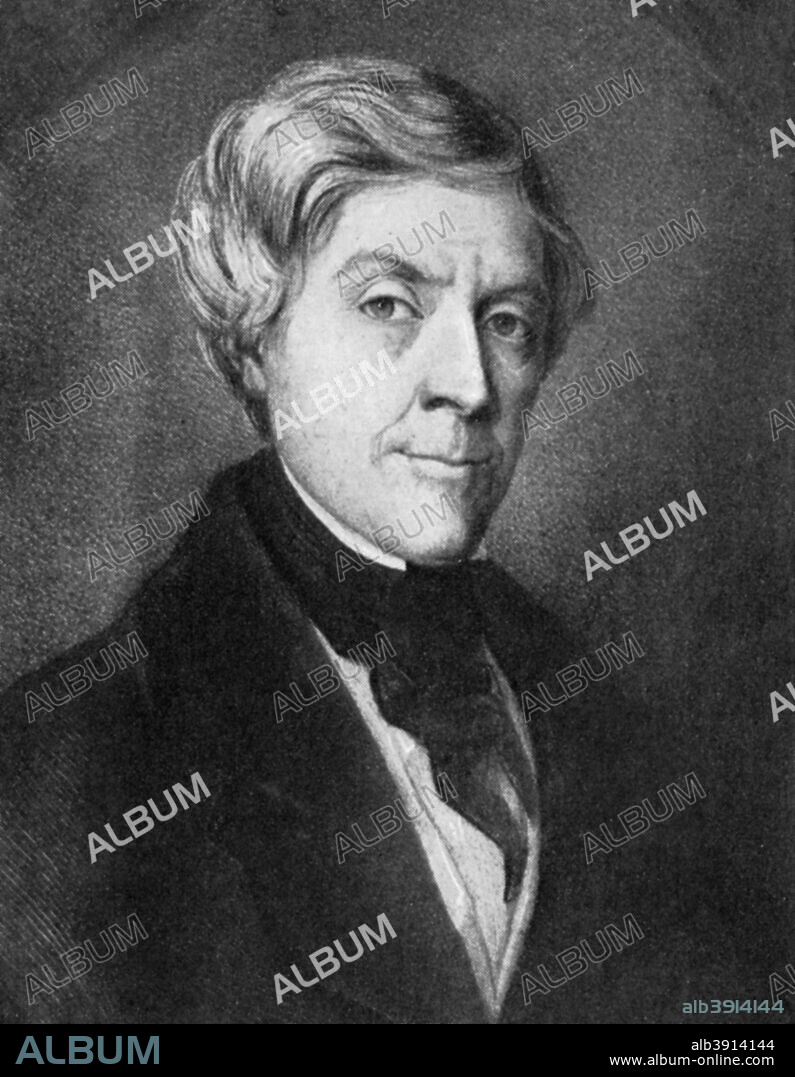
From Renaissance to Revolution
After a brief hiatus, Michelet resumed his work, covering the period from the Renaissance to the eve of the revolution in an impressive 11 volumes (1855–67). However, his intense emotions sometimes clouded his judgment, leading to distortions in his interpretations.
La Sorcière: A Defense of Witches
In La Sorcière (1862), Michelet offered a poignant apology for witches, portraying them as victims of societal and religious oppression. His empathy for these marginalized figures highlights his compassionate approach to history.
A New Direction: Nature Writing

Finding Inspiration in Nature
After experiencing personal happiness in his second marriage, Michelet turned his attention to nature. His works, such as L’Oiseau (1856) and La Mer (1861), reflect a lyrical style that showcases his love for the natural world.
Exploring Love and Womanhood
In L’Amour (1858) and La Femme (1860), Michelet explored themes of love and femininity, blending eroticism with didacticism. These works reveal a different facet of his literary genius.
The Franco-German War and Its Aftermath
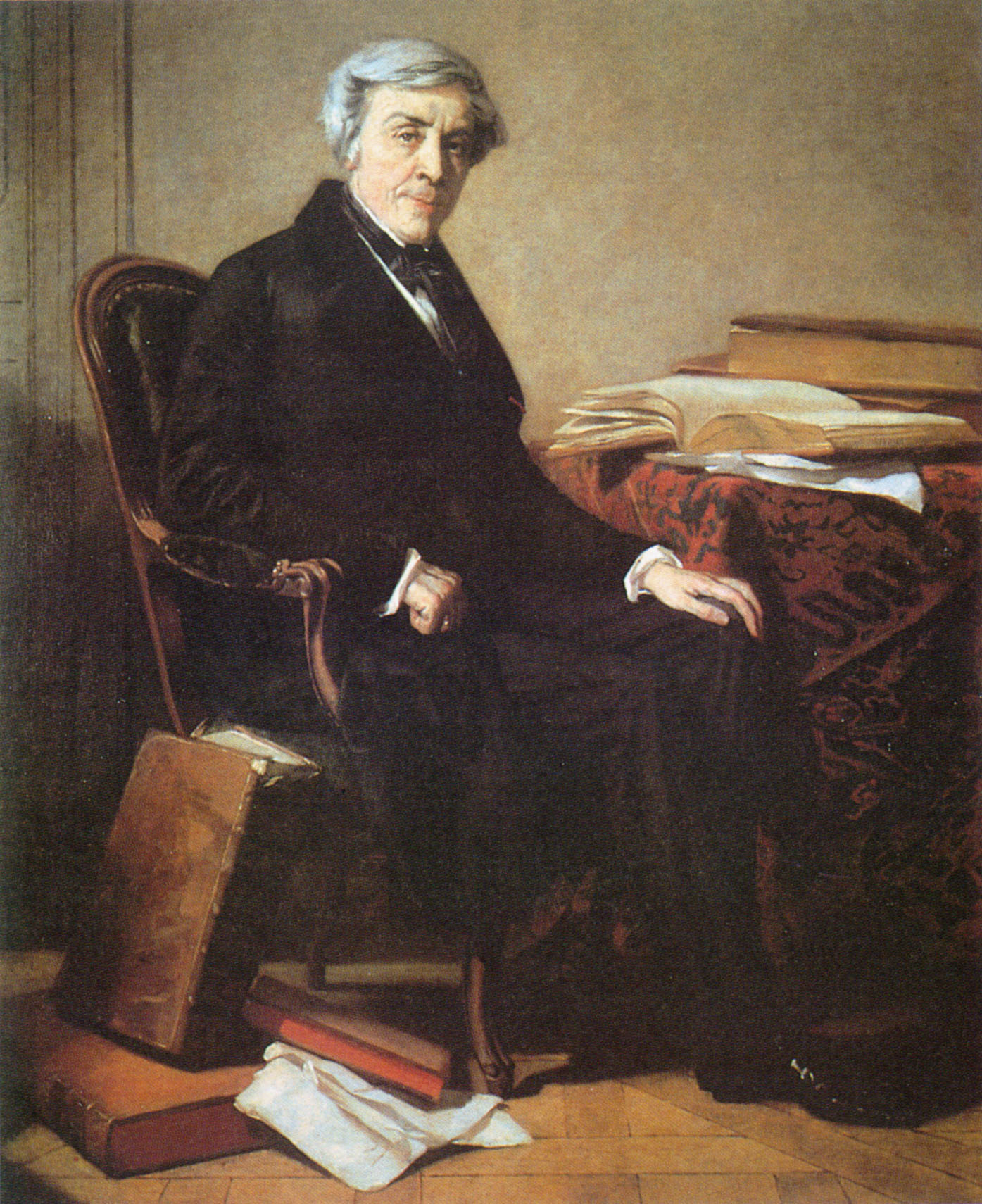
Shattered Illusions
The Franco-German War of 1870 dealt a heavy blow to Michelet’s idealism. His disillusionment with Germany marked the end of an era for him, as he grappled with the harsh realities of war.
Legacy and Posthumous Publications
After Michelet’s death on February 9, 1874, his widow published his diaries, offering insights into his travels and personal experiences. These writings provide a key to understanding the man behind the monumental works.

Jules Michelet’s contributions to history are nothing short of extraordinary. His ability to weave personal narrative with historical fact has left an indelible mark on the field. Whether you’re a history buff or just curious about the past, Michelet’s works invite you to explore the rich tapestry of human experience.
Table: Key Works of Jules Michelet

| Title | Publication Year | Focus |
|---|---|---|
| Histoire de France | 1833-1867 | French history from the Middle Ages to the Revolution |
| Histoire de la Révolution française | 1847-1853 | The French Revolution |
| La Sorcière | 1862 | Defense of witches |
| L’Oiseau | 1856 | Nature writing |
| L’Amour | 1858 | Exploration of love |

